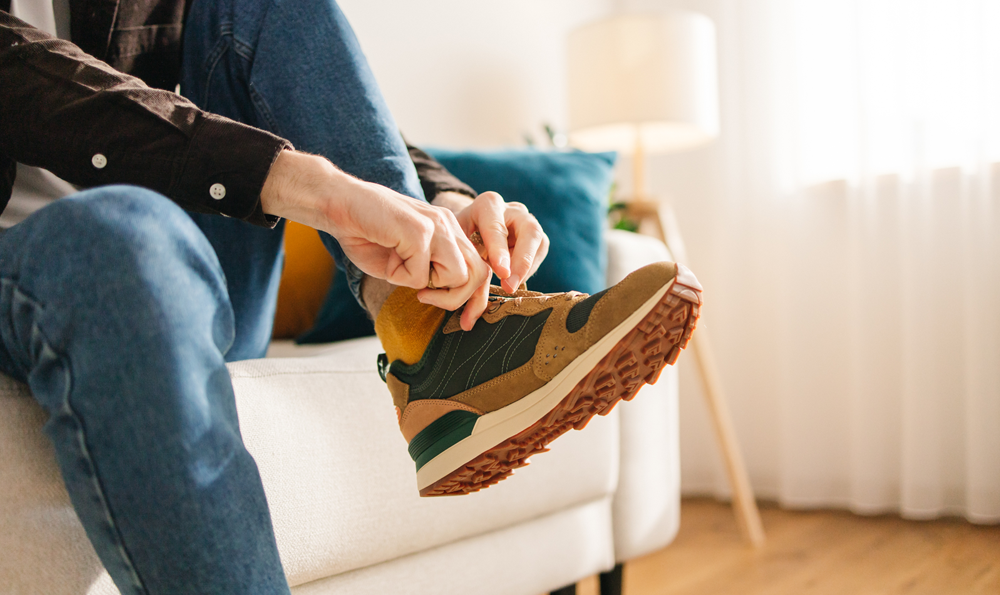Your feet are the core of balance, stability, and even good posture. They support your ankles, knees, hips, and lower back. And according to Tyler Stewart, MD, a foot and ankle surgeon at Atlantic Health, a lot of common foot conditions can be improved with properly fitted shoes.
“I talk about footwear with almost all of my patients,” says Dr. Stewart. “Shoe wear is important and can affect overall musculoskeletal health, not only for foot and ankle issues but for broader issues like helping back and knee pain.”
Good footwear can help common foot problems
Choosing the right footwear isn’t just about style or comfort. Shoes that lack support, cushioning, or proper fit can aggravate these common foot problems:
- Plantar fasciitis
- Corns, bunions, and hammertoes
- Ankle sprains
- Stress fractures
- Achilles tendinitis
- Knee arthritis
“Wearing ill-fitting shoes can lead to a range of problems well beyond blisters,” says Dr. Stewart. “Poor footwear can alter your gait, which can lead to knee, hip, or back pain.”
Orthotics are a great place to start
Dr. Stewart explains that most people’s feet aren’t aligned in a neutral position. He sees many patients with high or low arches, and often recommends orthotics inside the shoes. This helps to rebalance your feet into a more neutral position, which relieves pain in the entire lower body, including the feet.
Physical therapy can bring full body relief
Feet are the foundation for your whole spine. Stretching and strengthening weak or underused muscles in the feet and lower body help relieve pain—and even improve posture. For many, it’s an effective nonoperative way to help align your ankles, knees, hips and lower back. A strong lower body improves motion, increases circulation, and reduces pain and stiffness.
What makes a good shoe?
Although there’s not a one-size-fits-all solution, quality footwear typically shares a few key traits:
- A snug fit that’s not too tight, with room for your toes to move freely
- Proper arch support to maintain alignment and reduce strain on fascia and soft tissue
- Cushioning to absorb impact, especially if you're on your feet all day
- A stable heel structure to keep your foot aligned and reduce sliding
- A wide, high toe box to prevent crowding and allow the toes to move freely
- A shoe style with soft, breathable fabric that doesn’t rub excessively on the feet
“The most common issue I see is foot pain that starts in one place and radiates to the hip or knee,” says Dr. Stewart. “Proper shoes help maintain a healthy lower body, distributing weight evenly throughout the foot, allowing for pain-free walking—and better posture, too.”
Top-rated orthopedic specialists
Connected by one goal: getting you moving again.













